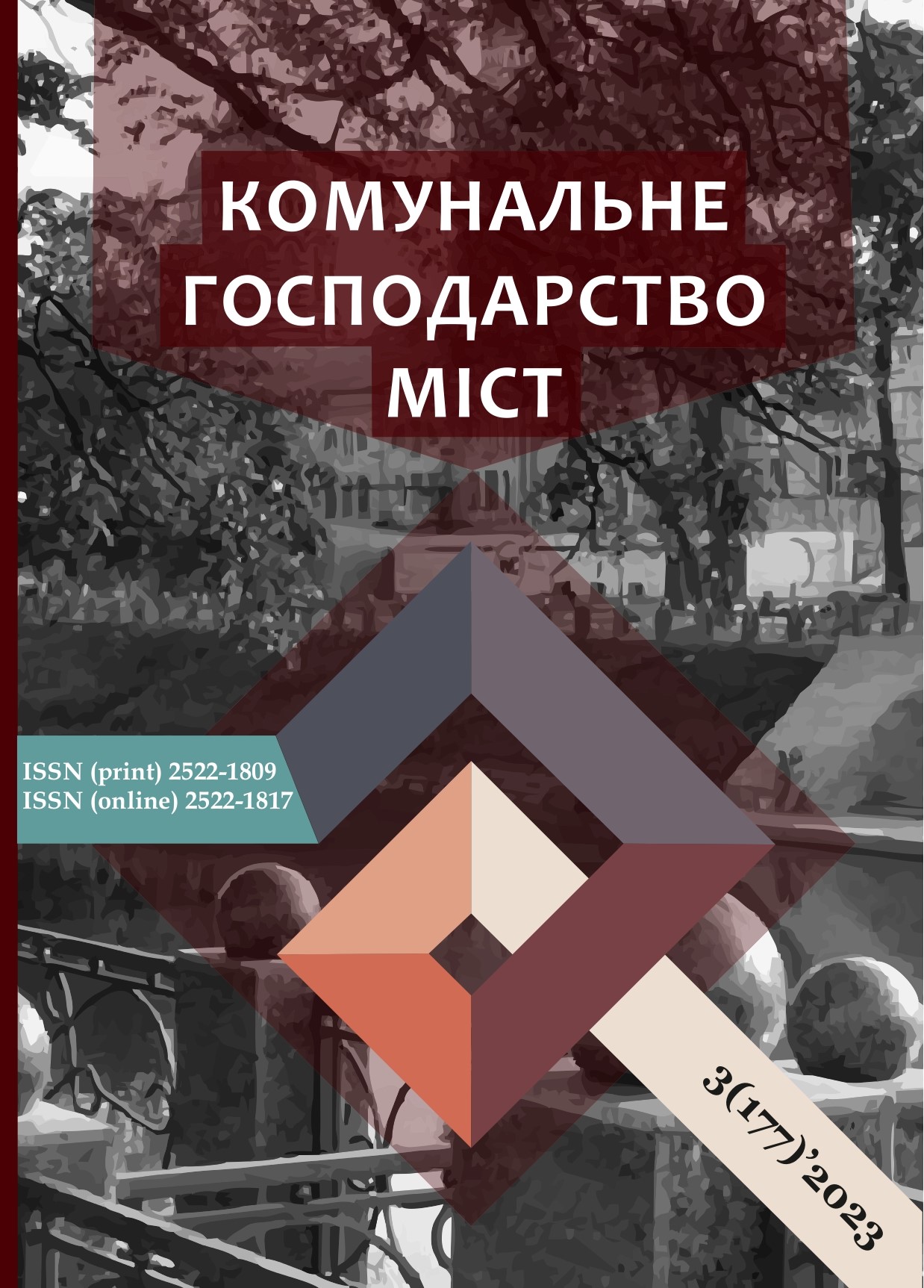DIRECTIONS OF APPLICATION OF ARTIFICIAL INTELLIGENCE IN GEODESIC MONITORING OF BUILDINGS AND STRUCTURES
DOI:
https://doi.org/10.33042/2522-1809-2023-3-177-109-114Keywords:
artificial intelligence, geodetic monitoring, geoinformation system, automation, camera works, monitoring principles, building and construction monitoring data, geospatial analysis, construction objectsAbstract
The study determined the necessity of using artificial intelligence in solving the tasks of geodetic monitoring of buildings and structures. According to the results of the research, examples of the world experience of involving artificial intelligence in solving various issues of geodetic monitoring were found. The issues of using modern instrument equipment in conducting geodetic monitoring with the use of artificial intelligence are investigated.
Therefore, the application of artificial intelligence in geodetic monitoring of buildings and structures can significantly increase the efficiency and accuracy of data collection and analysis, reduce risks and increase the safety of workers and the public, as well as reduce costs and increase the productivity of processes. There are various examples of the application of artificial intelligence in geodetic monitoring of buildings and structures, such as the use of machine learning to predict landslides, the use of autonomous drones to collect data, and automatic image processing systems to detect defects and damage to buildings. The use of artificial intelligence in geodetic monitoring of buildings and structures has great potential for improving the safety, efficiency and productivity of construction processes.
In addition, the development of artificial intelligence and its application in geodesy can help solve complex tasks, such as predicting floods, earthquakes and other dangerous phenomena related to geodesy and construction. The application of artificial intelligence can also increase the accuracy and reliability of surveying and mapping, which can be useful for solving many different problems related to surveying and construction.
In this regard, it can be argued that artificial intelligence has already found its application in geodesy and construction, and its capabilities are still being explored and developed. This opens up many opportunities to improve the efficiency and accuracy of construction processes, reduce risks and increase the safety of workers and the public, as well as to create new innovations and achievements in the field of surveying and construction.
References
Larsson, G. (1991). Land registration and Cadastral Systems: tools for land information and management. Esex: Longman Scientific and Technical, 387.
Ranada, P. (2014). PH named country most affected by climate change in 2013. Rappler. December 3. Retrieved from: https://www.rappler.com/science-nature/environment/76868-philippines-tops-global-climate-risk-index
Nesterenko, S., Mishchenko, R., Shchepak, V., Shariy, G. (2020). Public Cadastral Maps as a Basis for a Construction of the Building General Layout. Proceedings of the 2nd International Conference on Building Innovations. ICBI 2019. Lecture Notes in Civil Engineering, vol 73. Springer, Cham, 161-170. https://doi.org/10.1007/978-3-030-42939-3_18
Teunissen, P. J. G., & Kleusberg, A. (1998). GPS for geodesy. Springer Berlin Heidelberg. https://doi.org/10.1007/978-3-642-72011-6
Tregub M., Trehub Y. (2015) Substantiation of land management methods of industrial cities Theoretical and Practical Solutions of Mineral Resource Mining. Taylor & Francis Group, London. P. 449-452. https://doi.org/10.1201/b19901-79
Mingming W., Nesterenko S., Shterndok E. (2019). Modelling of the Parcel Pattern Impact. International science and technology conference "Earth science". IOP Conf. Series: Earth and Environmental Science, 272. doi:10.1088/1755-1315/272/3/032085
Petrakovska O., Lizunova A. (2009). Urban planning in private property conditions in Ukraine. International Academic Group On Planning, Law And Property Rights. Third Conference. Aalborg, Denmark., planninglaw2009.land.aau.dk/doc/
Bagarinao (2016). Households' Natural Disaster Preparedness. A View from a Second Class Municipality in a Developing Country Environment Asia. Vol 9( 2) Р. 158–164.
Downloads
Published
Issue
Section
License
The authors who publish in this collection agree with the following terms:
• The authors reserve the right to authorship of their work and give the magazine the right to first publish this work under the terms of license CC BY-NC-ND 4.0 (with the Designation of Authorship - Non-Commercial - Without Derivatives 4.0 International), which allows others to freely distribute the published work with a mandatory reference to the authors of the original work and the first publication of the work in this magazine.
• Authors have the right to make independent extra-exclusive work agreements in the form in which they were published by this magazine (for example, posting work in an electronic repository of an institution or publishing as part of a monograph), provided that the link to the first publication of the work in this journal is maintained. .
• Journal policy allows and encourages the publication of manuscripts on the Internet (for example, in institutions' repositories or on personal websites), both before the publication of this manuscript and during its editorial work, as it contributes to the emergence of productive scientific discussion and positively affects the efficiency and dynamics of the citation of the published work (see The Effect of Open Access).

